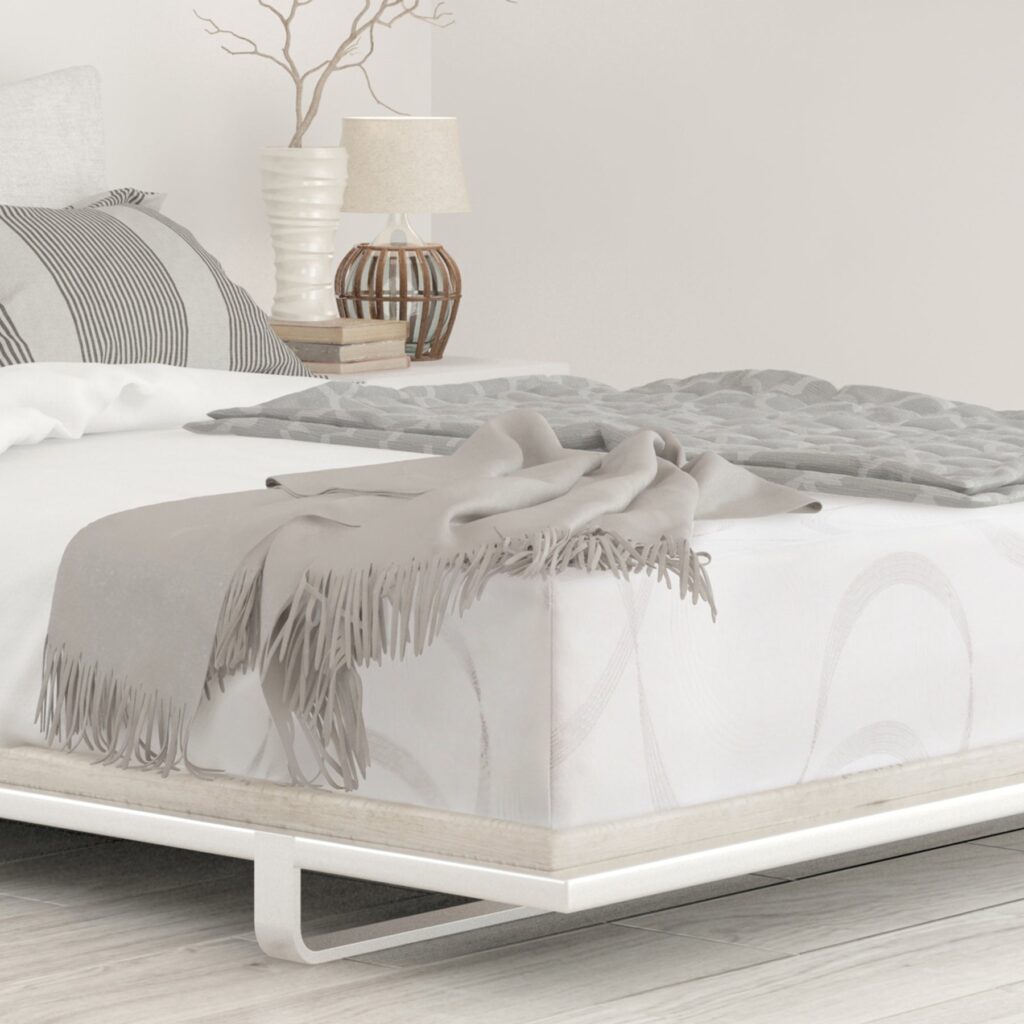Did you know that your mattress is one of the key factors that can significantly impact the quality of your sleep? A comfortable, clean, and healthy mattress can provide you with a restful and rejuvenating sleep every night, while an old, stained, and foul-smelling mattress can cause insomnia, irritability, and discomfort. Therefore, to ensure that you get a good night’s sleep and maintain your physical health, it’s important to regularly maintain and take care of your mattress.
As a seller who has been in the mattress industry for many years, I would like to share some tips on how to maintain and care for your mattress, in order to help you extend its lifespan, improve its comfort, and hygiene.
Firstly, we need to understand that different types of mattresses require different methods of maintenance. Generally, mattresses can be divided into several types, including spring mattresses, memory foam mattresses, latex mattresses, waterbeds, etc. Each type of mattress has its own characteristics and advantages and disadvantages, so it’s important to differentiate and treat them accordingly when maintaining them.
Spring mattresses are the most common type of mattress, consisting of springs and filling materials, and providing good support and breathability. However, spring mattresses are also prone to problems such as deformation, sinking, and rusting. Therefore, when maintaining a spring mattress, we need to pay attention to the following points:
Regular flipping and rotating. In order to prevent the springs from being subjected to uneven pressure and becoming deformed or sinking, we need to flip the mattress about once every three months, i.e. exchanging the top and bottom surfaces. At the same time, we also need to rotate the mattress 180 degrees about once every three months, i.e. exchanging the head and foot sections. This can evenly distribute the pressure on the mattress and extend its lifespan.
Using a bed frame or base. To increase the support and stability of a spring mattress, we need to place a suitable bed frame or base underneath it. This can prevent the springs from being subjected to excessive pressure and breaking or rusting. In addition, it can also prevent dust or moisture from entering the interior of the mattress, causing stains or odors.
Regular airing and deodorizing. Memory foam mattresses, due to their special material and structure, are prone to moisture and odor absorption. Therefore, we need to regularly air out the mattress in the sunlight for about one hour, allowing the UV rays from the sun to kill bacteria and dust mites, while also removing moisture and odors. If airing out is not convenient, we can also use a hairdryer or electric blanket to speed up the drying process. In addition, we can sprinkle some baking soda powder on the mattress surface to absorb odors, and then use a vacuum cleaner to remove it. This can effectively deodorize and clean the mattress.
Avoid excessive use
The lifespan of a mattress is limited, typically around 5-10 years, depending on usage frequency and maintenance. Therefore, when the mattress starts to show significant sagging and loss of elasticity, it’s time to replace it with a new one. Your body needs proper support to help you maintain healthy sleep habits.
In summary, maintaining a mattress is crucial to maintaining good sleep habits. How to better protect and maintain your mattress depends on your own maintenance ideas and practices. We hope that these simple tips for mattress maintenance can help you make the most of and protect your mattress, providing you with optimal comfort and sleep experience.




